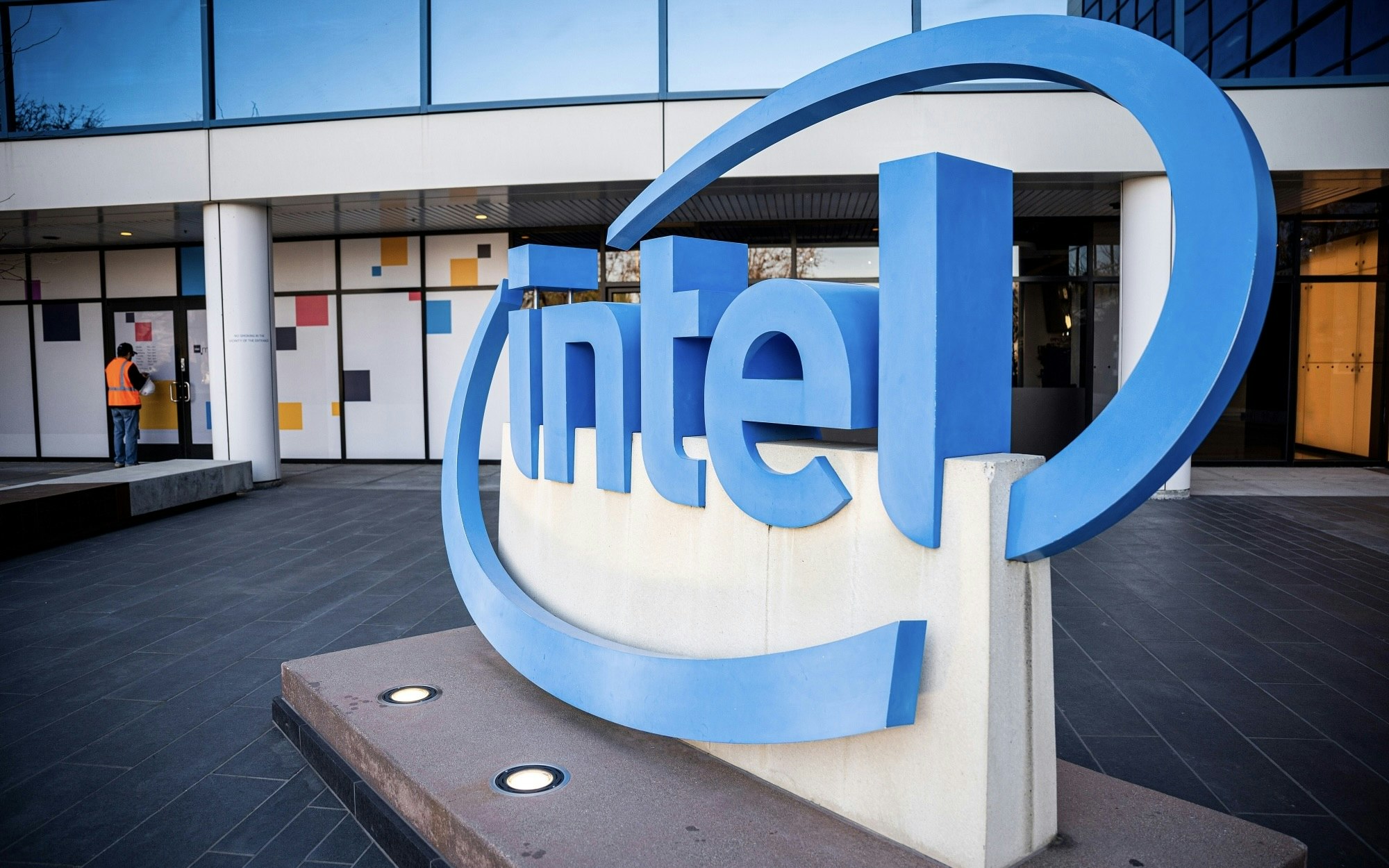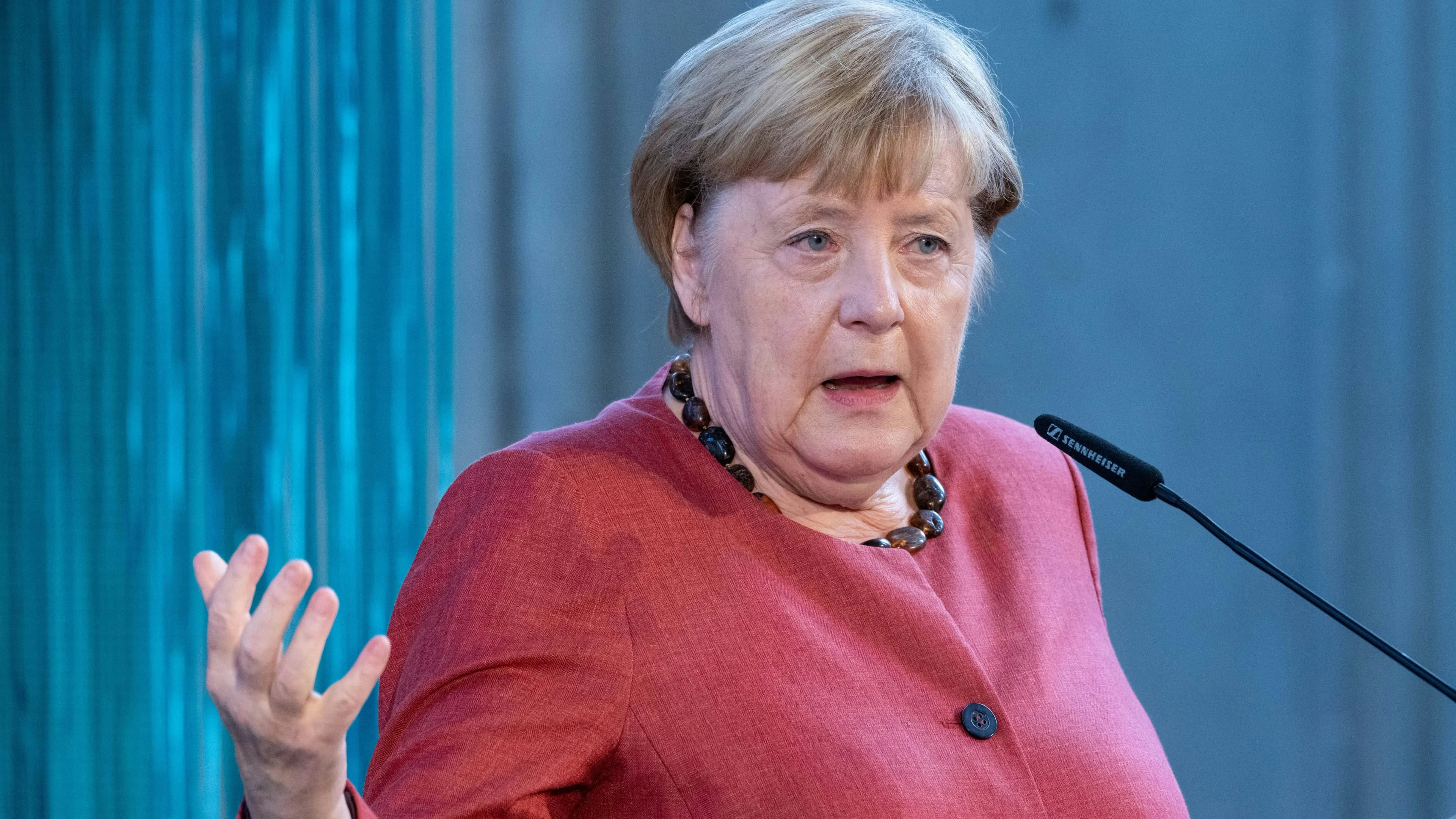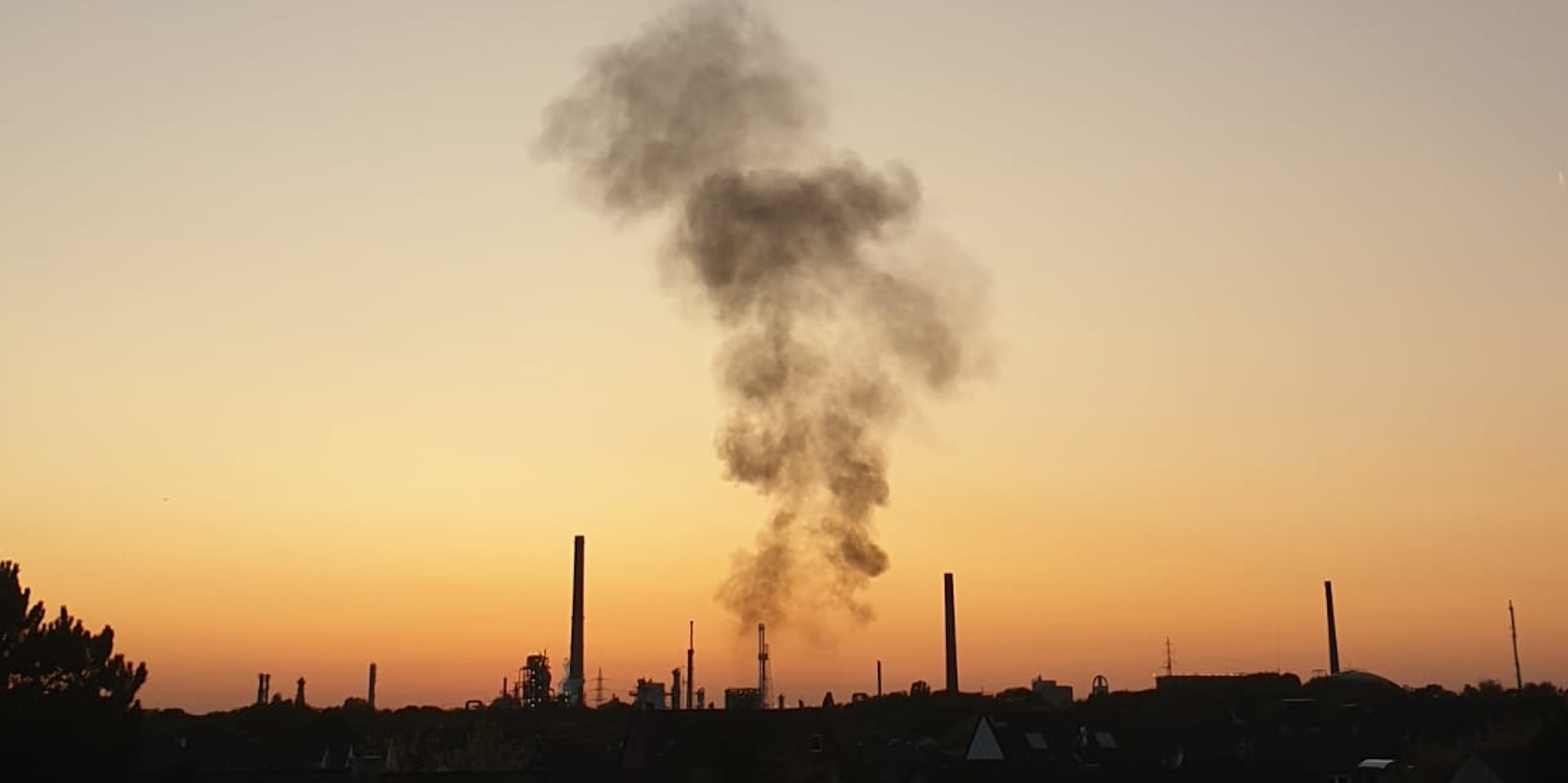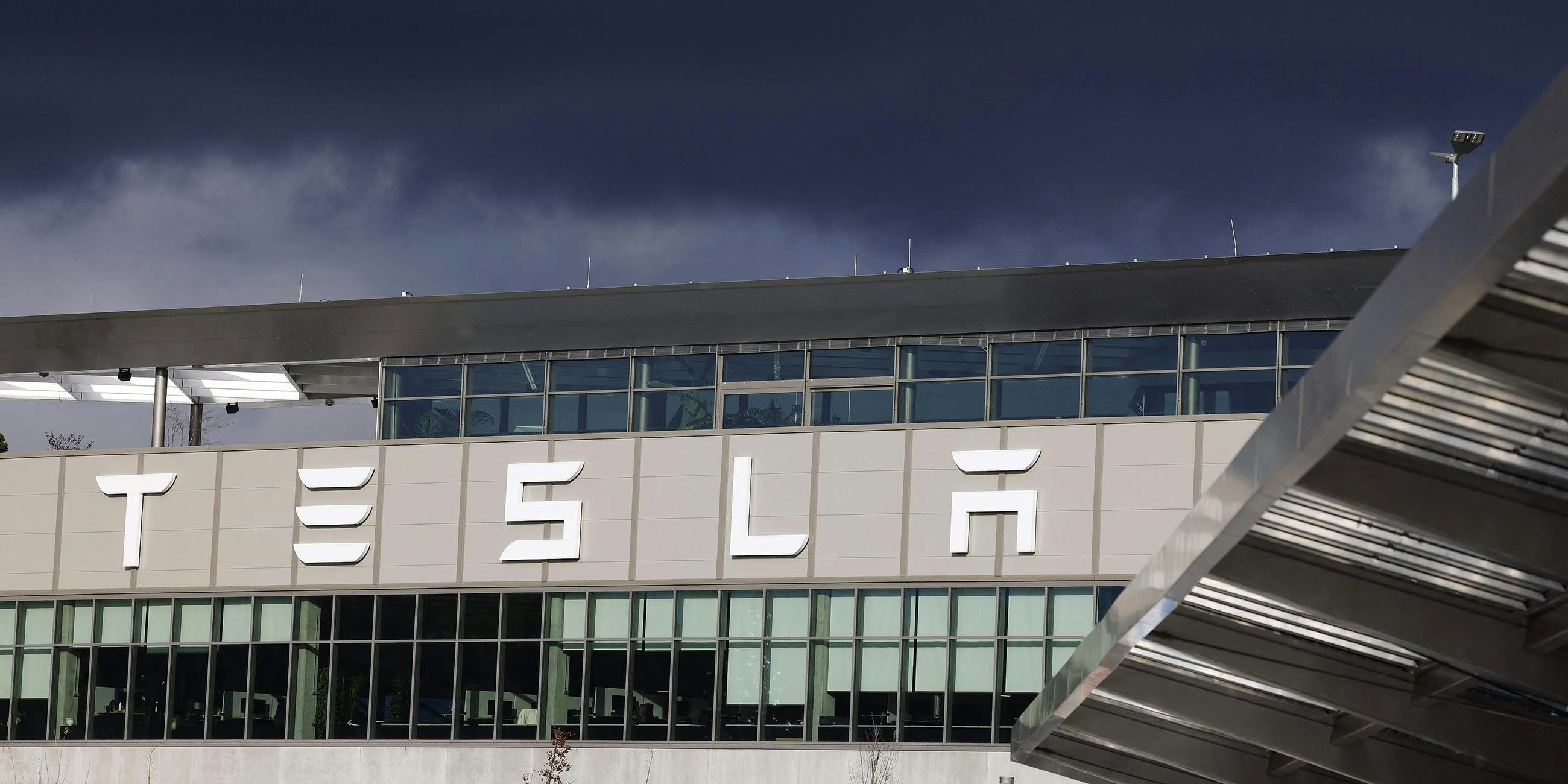Technology
Intel cuts plants in Europe – Revenue surprises despite billion-dollar loss
Intel surprises with revenue, cuts European factories, and warns of technology halt without an external major customer for 14A.

Intel cancels billion-dollar manufacturing plans in Europe and opts for drastic job cuts to stabilize the deficit foundry business. In the second quarter, the US company recorded a net loss of $2.9 billion, but significantly exceeded analysts' expectations with revenue of $12.9 billion.
The new CEO Lip-Bu Tan announced in an internal memo to completely abandon the paused manufacturing projects in Germany and Poland. The construction of the chip factory in Ohio will also be slowed down to conserve capital. The goal is a "fundamental realignment" of the foundry division, which has so far been "fragmented and underutilized.
Since Tan's inauguration in March – after Pat Gelsinger's unexpected departure – Intel has reduced its workforce by 15 percent. The manager wants to break up corporate culture, reduce hierarchies, and strengthen innovation capability. However, he again ruled out a sale of the foundry business, which incurs billions in losses and barely gains ground against TSMC.
Chief Financial Officer David Zinsner partially attributed the better revenue to "advance orders" in response to the volatile US tariff environment. For the third quarter, Intel forecast revenue between 12.6 and 13.6 billion dollars – also above market expectations.
However, net profit fell by 81 percent compared to the previous year. The loss per share amounted to $0.67. The company warned in an SEC filing that the development of the next manufacturing generation 14A would be halted if no major customer is found.
Head of Investor Relations John Pitzer emphasized that Intel is shifting its investments more towards the USA, following President Donald Trump's industrial policy line. Intel is one of the main beneficiaries of the US subsidy programs for the reindustrialization of semiconductor production and plans to introduce the new 18A technology into mass production by 2025.
Investors still reacted skeptically: The stock lost 4.6 percent in after-hours trading, having already declined 3.7 percent in regular trading. Since the beginning of the year, it is still up around 13 percent—but almost 30 percent below the level of mid-2024.






